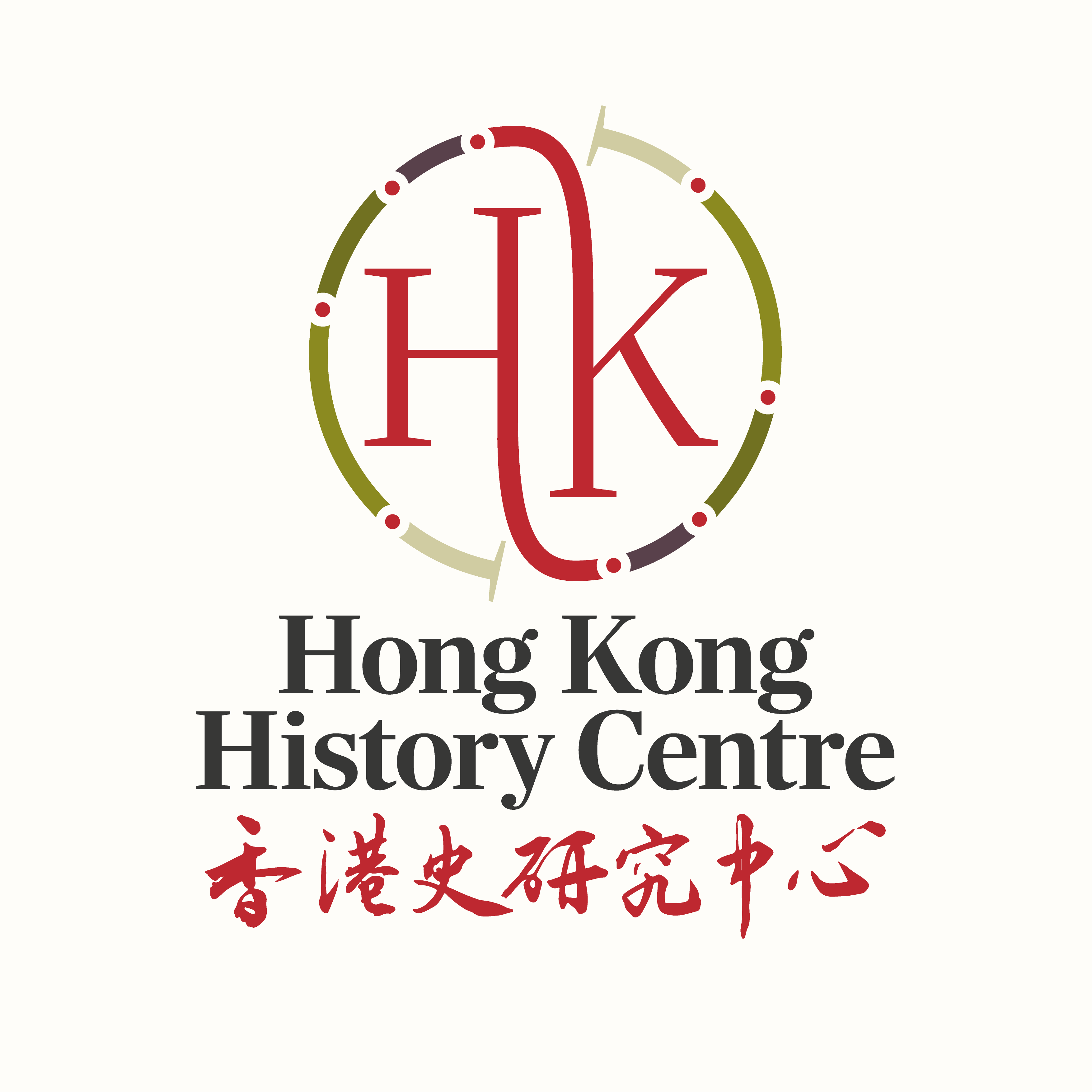Continuing their espousal of the Eurasian ‘problem’, two authors writing in 1955, Thompson & Adloff, lament the small size of Eurasian communities and their lack of cohesion which leaves them in a weak bargaining position; despite being stable and smart, unity and strength has remained elusive to the group as a whole. The only answer available to these Eurasians is to integrate locally as quickly as possible, they wrote.
Thompson & Adloff then take a closer look at the legal, educational, professional and social position of Eurasians in South East Asia.
For example, laws of 1854 and 1892 in the Dutch East Indies allowed all descendants of Europeans on the father’s side to be legally classified as Europeans. This opened up educational prospects and thus access to higher levels of economic and social achievement. Before World War Two, the heads of four of the eight government departments and the commander in chief of the army were all Indo-Europeans. In 1912 an Indo-European League was formed. The Hague Agreement of August 1949 gave Eurasians (estimated to number about 100,000) two years in which to make up their mind about whether to stay in now independent Indonesia or go to the Netherlands. A government survey commissioned by the Netherlands in 1952 concluded, among other points, that it was inadvisable to bring uneducated, poorer Eurasians out of Indonesia; however, the Dutch government would provide aid to this majority of people advised to stay put.
Brief surveys follow, of Eurasians in Malaya, Burma/Myanmar, the Arakan States (of now Burma/Myanmar), the Malays of South Thailand, and the Ambonese (of Indonesia). In Malaya, despite widespread prejudice, some Eurasians became distinguished lawyers, engineers and journalists; many of the late 19th century Queen’s Scholarships went to Eurasians. Between the two world wars, Eurasians were present on Singapore’s Legislative Council (as they were in Hong Kong). ‘Their social status, however, did not show an analogous improvement, though the Eurasians clung to their British names, spoke English as their mother tongue, and were practically all Christians’.
The point for students of Hong Kong history is — how did the situation for Eurasians in Hong Kong compare?
No parallel to the Dutch laws of 1854 and 1892 are apparent in Hong Kong. It seems there was no clear delineation in law regarding educational, medical and other legal rights for Eurasians in Hong Kong, despite a range of social limitations, prejudices and practices. (Any corrections to this statement would be gratefully received!)
A detailed legal survey simply of this question would be a large contribution to scholarship on Eurasians in Hong Kong. A second step would be a detailed survey of the colonial papers (CO129) for any reference to Eurasians, any studies or social surveys or commissions related to their existence.
Other topics for comparison would include military service: Thompson & Adloff note how Eurasians constantly joined volunteer military detachments, in Malaya, in Singapore, (and, as we know, in Hong Kong). But in Singapore the Eurasian company was disbanded in 1909 (after only eight years) and permission to re-form was a long time coming. After World War Two, Eurasians in Singapore and Malaya agitated to join the British Army and, once in, found they were paid less than their European counterparts. Points of comparison are obvious there. Random memoirs and specific war histories have paid well-deserved tribute to particular groups of Eurasians who identified so strongly with then-British Hong Kong that they laid down their lives to defend it. A systematic comparison with their formation, their actions and their standing in Hong Kong compared to other British colonies would however be illuminating.
Another topic is efforts by Eurasians to organise themselves. Recreational groups were plentiful, but a Eurasian Review, started in Penang in the 1930s lasted only about a decade. That is a decade more than anything comparable in Hong Kong however. There was even an All-Malayan Eurasian Conference held in 1940. Individual Eurasians continued to achieve prominence and public responsibility after World War Two. But Thompson & Adloff’s primary point throughout is that as a community, the Eurasians of South East Asia had to assimilate locally or be doomed.
That seems like another good subject for comparison with Hong Kong, and an interesting assumption of the 1950s to test against the realities of today.
REFERENCE:
Thompson, Virginia, and Adloff, Richard. Minority Problems in Southeast Asia. Stanford: Stanford University Press, 1955. (Chapter 3: Indigenous Minorities – The Eurasians.)


